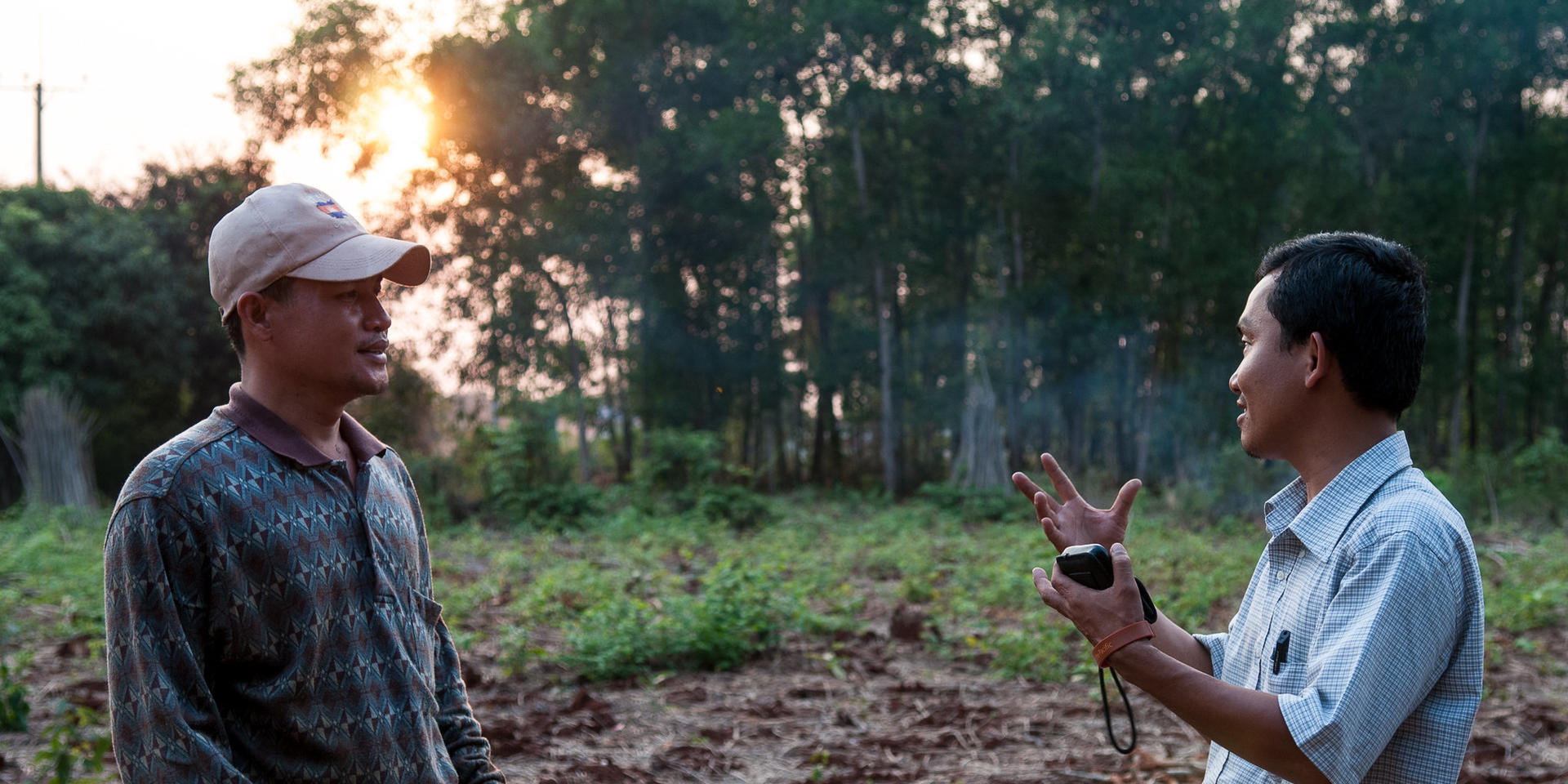History of cassava research

Coordinated research efforts to improve cassava genetics and cropping practices began in the 1970s with initiatives at the former International Center for Tropical Agriculture (CIAT), now the Alliance of Bioversity International and CIAT, and the International Institute of Tropical Agriculture (IITA) and have evolved into the program we have at the Alliance today.
While initially focused on developing high-yielding varieties with resistance to major pests and diseases, the program has evolved to include elements of biological control, integrated pest management and agronomic management. In recent years, the development of significant cassava processing industries (primarily in South East Asia) has increased the need and opportunity to develop genetic improvements focused on increasing the value of the crop, including increased starch extraction and specialist starch products like high-amylose types.
Without ignoring the continuing needs of subsistence farmers in South East Asia(SEA) and particularly Latin America and the Caribbean(LAC), this maturing of the cassava economy has the potential to positively impact large groups of farmers in these regions.

Cassava products and innovations we develop in, Latin America and The Caribbean (LAC), South Asia (SSA) and South East Asia (SEA).
In SEA, cassava is grown for export by a large share of ethnic minority groups and most producers are smallholder farmers, although not necessarily subsistence-oriented farmers. Preferences –including aspirations, risk attitudes, perceptions of problems, solutions and needs— may differ significantly between regions, as they do for example between northern and southern Vietnam due to specific cultural and agricultural environments and interconnectedness with the value chain.
The transboundary movement of pests like whitefly (Bemisisa tabaci) and the spread of cassava mosaic, witches’ broom and root rot diseases into new areas in SEA, and the re-emergence of cassava common mosaic disease (CCMD) and cassava frogskin disease (CFSD) in LAC, has reinvigorated the role of the Cassava Program and their partners to develop and deliver locally adapted varieties with disease resistance ahead of this spread (pre-emptive breeding).
